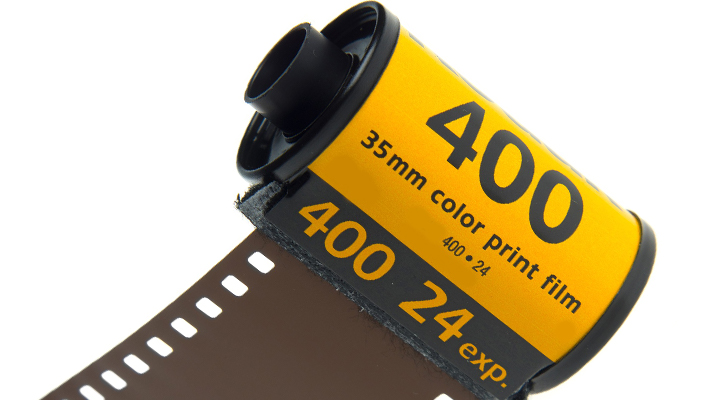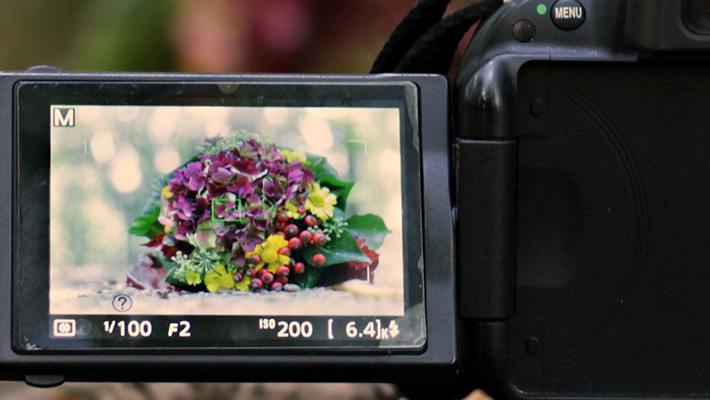Prevent the embarrassment of taking blurred, too bright, and too dark pictures. Knowing what ISO is and how to apply it will help you capture stunning images regardless of lighting conditions.

bluecranedigital.com gathered the following information about ISO sensitivity and answers frequently asked questions about its applications.
What is ISO?
To become a great photograper or start a photography business, you must understand ISO. ISO represents your camera’s sensitivity to light, referring to either film or a digital sensor. A lower ISO value gives you less sensitivity to light, while a higher ISO translates to more sensitivity.
ISO (International Organization for Standardization) does not directly refer to the organization responsible for creating multiple technology and product standards. In 1974, two film standards called ASA and DIN were combined to create ISO standards. These two standards were revised for both film and digital photography. Although ISO initially defined only film sensitivity, it was later adopted by digital camera manufacturers with the purpose of producing similar brightness levels as film.
How Does ISO Affect a Photo?
Changing your ISO setting for photography will either make your image brighter or make your image darker. Typically, the lower the ISO setting, the better. That’s because the lower the ISO, the more reduced noise and grain will be in your shots.
Note: Using a lower ISO value requires more ambient light to achieve sharp exposures.
What is The Normal ISO for Photography?
The ISO range found on most cameras is 100 to 1600. With modern digital cameras, you can sometimes push this value as low as 50 or as high as over two million, depending on your camera model.
ISO values set the amount of light needed for a good exposure. The lower the ISO value, the more light will be required. The more light required, the slower your shutter speed will have to be. What that means is low ISOs are most often used in bright situations or when the camera is mounted on a tripod. In cases where you don’t have a lot of light or require a fast shutter speed, you would probably need to raise the ISO value to compensate.
Use this tool to see how different ISO settings affect an image.
Why Do Photographers Use ISO?
ISO is a camera setting used by photographers that efficiently brightens or darkens a photo. As the ISO value is increased, your photos will get brighter. Ultimately, ISO can help you capture images in darker environments or be more flexible with aperture and shutter speeds.
Is Lower ISO Always Better?
Sometimes. Using a low ISO setting generally results in better technical quality images. There will be little or no digital noise, and the colors and contrast in your photos will be far superior. ISO 100 allows a slower shutter speed in bright light without risking overexposure.
Is High ISO Good or Bad?
Neither. The ISO value refers to the sensitivity of light you will require for the images. In DSLR and mirrorless cameras, a higher ISO (800) captures brighter images when compared to a lower ISO (100). Subsequently, a higher ISO value will produce better results for low-light photography.
How Do I Choose an ISO Value?

Experiment. Run tests by capturing multiple images at different ISO settings. Use the lowest ISO you can without getting a poorly exposed image, with a fast-enough shutter speed to prevent motion while canceling out camera shake, and a large or small enough F-Stop to acquire the depth of field desired.
What ISO Setting is Best for Indoors?
ISO 100 or 200 can work perfectly well if you use a tripod and there is enough ambient brightness. If you are shooting handheld or the environment is poorly lit, you will have to raise your ISO value to 800, 1,000, or higher.
What is The Best ISO for Night Photography?
ISO values between 1600 and 6400 are often recommended for night photography.
Nighttime photography is typically seen as the opposite of regular daytime landscape photography. During the daytime, a low ISO is suggested for less noise and grain. However, during the night, it’s often pitch black, and trying to use the same daytime settings will give you pitch-black images.
Higher ISO values mean that the camera sensor or film is more sensitive to light and allows you to capture images with a shorter shutter speed. A higher ISO also introduces a significant amount of noise and grain to your image.
Digital Camera ISO Settings
In this article, you discovered what ISO is and answers to some of the most frequently asked ISO setting questions.
Knowing how to adjust your ISO setting to the environment you are photographing will help you capture the best, well-lit, most in-focus images possible.
Not knowing how to adjust your ISO setting will leave you unable to adapt to ambient lighting and leave you with poorly exposed, low-quality images.
Sources:
nfi.edu/iso/
bellisario.psu.edu/photo/iso.html
facweb.cs.depaul.edu/sgrais/iso1.htm
